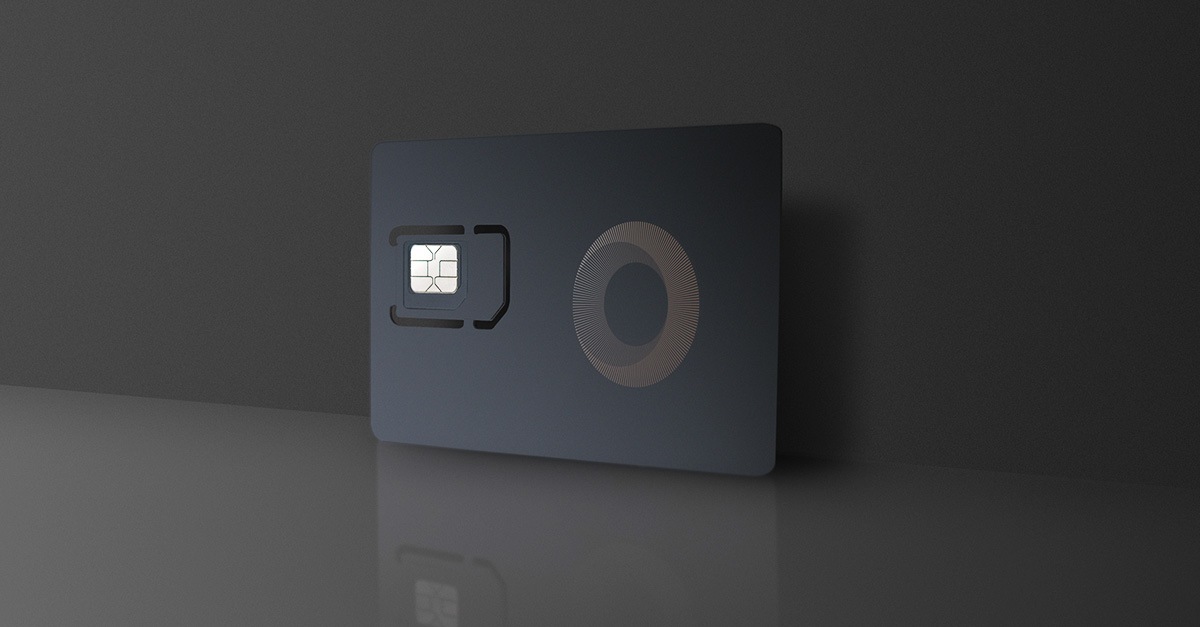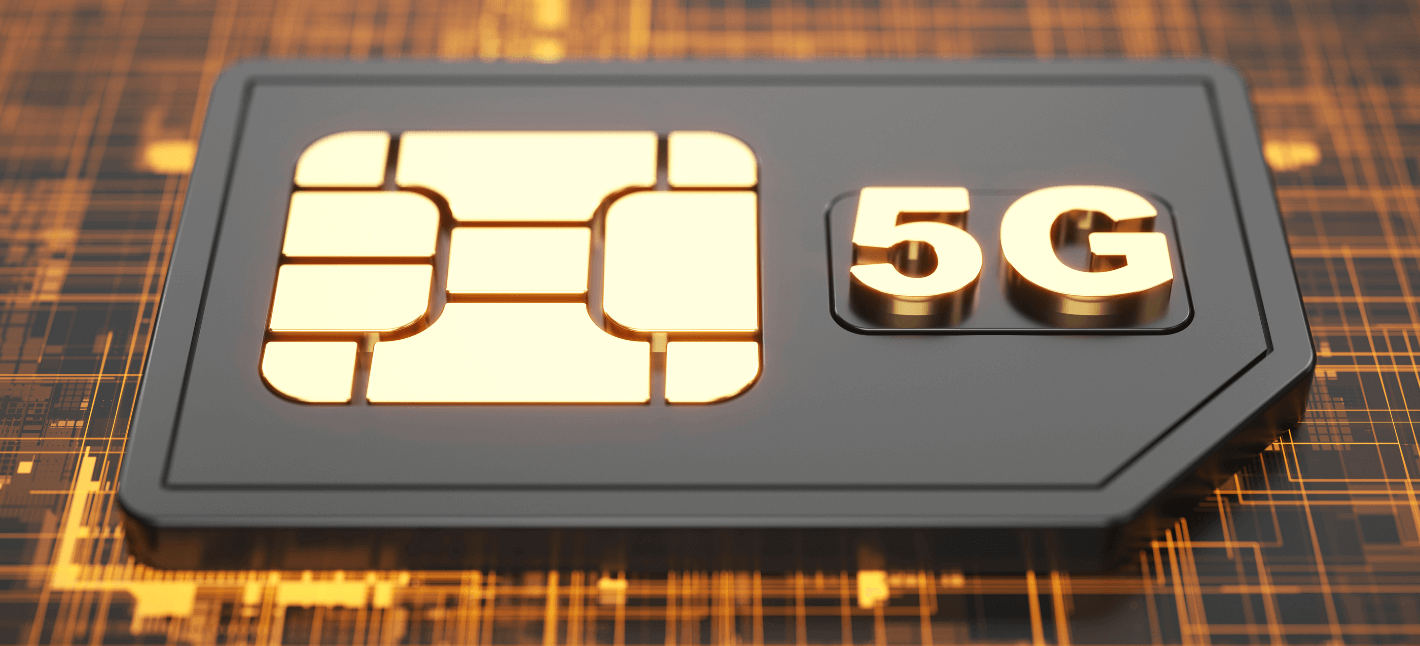IoT Network Connectivity Tactics for Overcoming IoT Connectivity Challenges
IoT Connectivity Products Evaluating IoT Connectivity Technology Pros and Cons
The landscape of the Internet of Things (IoT) is vast and varied, offering an array of connectivity options tailored to different use cases. In this complex ecosystem, the choice between cellular and non-cellular IoT connectivity plays a pivotal role in determining the success of IoT deployments.
Cellular IoT connectivity utilizes current cell networks to facilitate communication. Wireless IoT Connectivity. This know-how leverages the infrastructure of established cellular services, thereby making certain wide protection and high information transfer charges. The convenience of using cellular networks signifies that extensive geographical areas could be covered with out the need for laying new cables or deploying extra infrastructure.
One of the significant advantages of cellular connectivity is its proven reliability. Networks have been optimized over time, ensuring that they can deal with a giant quantity of related gadgets concurrently. In environments where constant and dependable efficiency is crucial, cellular IoT offers a solid basis, especially for purposes like telemedicine, vehicle tracking, or smart city options.
Connectivity Management Platform IoT Importance of Connectivity in IoT
Conversely, non-cellular IoT connectivity refers to technologies like Wi-Fi, Bluetooth, Zigbee, and LPWAN. These options typically function in short-range scenarios and are sometimes designed for particular applications. They permit for the institution of native networks that can achieve high-speed information transfers however with limited range. This can make them a wonderful choice for applications confined to a selected space, like residence automation or industrial monitoring inside a factory.
The choice between these two connectivity varieties primarily hinges on the necessities of the specific application. For example, a sensible meter deployed in a distant location could considerably profit from cellular connectivity as a end result of prolonged vary and talent to transmit information over longer distances. On the opposite hand, a wise house gadget, which operates inside a confined house, might utilize Wi-Fi or Bluetooth, given their functionality to supply sturdy native connectivity at decrease costs.
Moreover, energy consumption varies significantly between cellular and non-cellular technologies. Cellular devices, while more and more environment friendly, typically consume more power compared to their non-cellular counterparts. This is a crucial consideration for battery-powered gadgets that purpose to operate for extended durations while not having frequent recharges or battery replacements. Non-cellular technologies often permit for energy-saving modes which can extend operational life, making them perfect for applications where longevity is paramount.
IoT Network Connectivity Introduction to IoT Connectivity Options
Cost elements additionally play a big role in making a call between cellular and non-cellular connectivity. The deployment of cellular IoT gadgets typically entails service plans that incorporate ongoing subscription prices. In contrast, non-cellular choices may require an upfront funding in infrastructure, however they can lead to decrease operational costs in the lengthy run.
Security considerations come up distinctly in each forms of connectivity. Cellular networks supply a stage of built-in safety because of their closed nature and reliance on established protocols. Encryption and authentication processes are usually sturdy, making it tough for unauthorized users to access the network. Non-cellular technologies, while convenient, can doubtlessly expose units to increased safety dangers, particularly in open networks like public Wi-Fi - Wireless IoT Connectivity.
The scalability of an IoT system is another factor to contemplate when deciding on connectivity choices. Cellular networks have a tendency to provide greater scalability as a end result of their capacity to accommodate a big volume of devices over broad areas. This is especially helpful for enterprises seeking to increase their IoT deployments without the want to overhaul current infrastructure.
IoT Connectivity Pricing Consolidation of IoT Connectivity
Non-cellular networks also can scale, but they are typically restricted by vary and knowledge handling capabilities. In congested environments or densely populated areas, the performance of non-cellular choices might diminish, creating bottlenecks that would affect the general effectivity of an IoT ecosystem. This contrast can have an effect on the long-term viability of a solution depending on the expected development and complexity of the applying.
Latency is a vital component that distinguishes cellular and non-cellular IoT connectivity. Cellular networks have improved considerably over current years, but latency can still be higher in comparability with some original site non-cellular alternate options. For functions requiring real-time responses, corresponding to autonomous driving or industrial automation, decrease latency connections are essential. In such cases, edge computing mixed with non-cellular technologies may present the necessary response times.
In summation, the decision between cellular and non-cellular IoT connectivity is much from easy. Each possibility carries distinctive benefits and drawbacks that cater to different utility wants. Understanding the precise requirements of a project, from vary and reliability to energy consumption and price, is vital to making a well-informed alternative.
The course of IoT deployments continues to evolve, with advancements and improvements in both cellular and non-cellular technologies constantly reshaping the panorama. As organizations turn into increasingly aware of the implications of their connectivity selections, the importance of tailor-made options to fit distinctive use circumstances will only continue to develop.
M2M IoT Connectivity SIM Card Solutions for IoT Connectivity

Future developments in standards and protocols could bridge some gaps between cellular and non-cellular choices, doubtlessly resulting in hybrid solutions that capitalize on the strengths of both. Exploring these avenues will be essential for stakeholders in navigating the ever-changing world of IoT connectivity.
Ultimately, as businesses embark on their IoT journeys, the right connectivity selection will significantly influence their operational efficiency, value administration, and skill to innovate. By fastidiously contemplating all related components, organizations can harness the total potential of their IoT initiatives, resulting in transformative outcomes in numerous industries.
- Cellular IoT connectivity leverages established cell networks, offering in depth coverage in urban and rural areas.
- Non-cellular IoT options, corresponding to LoRaWAN and Sigfox, are sometimes cheaper to deploy and keep because of their decrease infrastructure necessities.
- Cellular connections usually supply greater information transfer charges, making them appropriate for purposes requiring real-time knowledge transmission.
- Non-cellular solutions are likely to consume much less energy, prolonging the lifespan of battery-operated gadgets in distant purposes.
- The rollout of 5G know-how enhances cellular IoT capabilities, allowing for extra gadgets to attach simultaneously with minimal latency.
- Non-cellular technologies may face challenges with vary and scalability, significantly in densely populated environments with interference.
- Security options differ, with cellular connections often incorporating superior encryption standards, whereas non-cellular options could use easier security protocols.
- Geographic and environmental factors can impression the efficiency of non-cellular systems, making them much less dependable in certain locations.
- Device management and over-the-air updates could be more streamlined with cellular connectivity as a outcome of present frameworks supported by telecom providers.
- The alternative between cellular and non-cellular IoT connectivity largely is decided by specific use cases, prices, and desired network capabilities.
What is the main difference between cellular and non-cellular IoT connectivity?
Cellular IoT connectivity makes use of cellular networks, allowing gadgets to communicate over lengthy distances. Non-cellular IoT connectivity relies on alternate options like Wi-Fi, Bluetooth, or LoRaWAN, sometimes suited for shorter ranges and particular environments.
Cellular Connectivity Providers For IoT What Does IoT Connectivity Look Like?
Which connectivity choice official site is extra reliable for IoT applications?
Cellular connectivity typically provides higher reliability as a outcome of strong community infrastructure and coverage. Non-cellular options may be less dependable, particularly in areas with weak signals or information congestion.
How do costs examine between cellular and non-cellular IoT connectivity?
IoT Connectivity Control Six Major IoT Connectivity Technologies
Cellular connectivity often incurs greater operational prices as a outcome of data plans and subscription fees, while non-cellular choices might involve lower upfront costs but can incur expenses related to maintenance and infrastructure.
What kinds of IoT purposes profit most from cellular connectivity?
Applications requiring fixed data transmission or broad geographic protection, corresponding to vehicle monitoring, smart cities, and distant monitoring, considerably profit from cellular connectivity.
M2M IoT Connectivity Services and Solutions for IoT Connectivity
In what eventualities is non-cellular IoT connectivity preferred?
Non-cellular IoT connectivity is most well-liked in eventualities the place budgets are limited, similar to house automation and local sensor networks, or where gadgets must function inside a contained area.
How does power consumption vary between cellular and non-cellular IoT devices?
Cellular devices usually devour extra power as a end result of their need to continuously talk over cell networks. Non-cellular units could be designed for low-power consumption, especially in short-range functions.
IoT Connectivity Issues Pressure on IoT Connectivity Prices

Is safety totally different between cellular and non-cellular IoT options?
Both cellular and non-cellular choices have distinctive security challenges. Cellular networks usually have built-in security protocols, while non-cellular options require further measures, like encryption, to guard data.
IoT Sim Connectivity Market for IoT Connectivity Management Platforms

Can non-cellular IoT connectivity scale effectively?
While non-cellular IoT connectivity can scale by method of the number of gadgets, it might face limitations in performance and vary. Cellular networks are designed to manage a lot of connections effectively, making them a more wise choice for scalable functions.
Nb-IoT Connectivity Consolidation of IoT Connectivity
What function does latency play in choosing between cellular and non-cellular IoT connectivity?

Latency may be essential for functions requiring real-time responses, corresponding to autonomous autos. Cellular networks usually provide lower latency than many non-cellular options, making them preferable for time-sensitive applications.